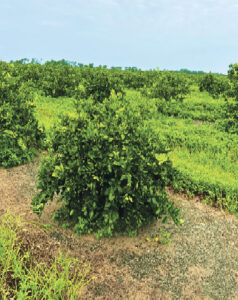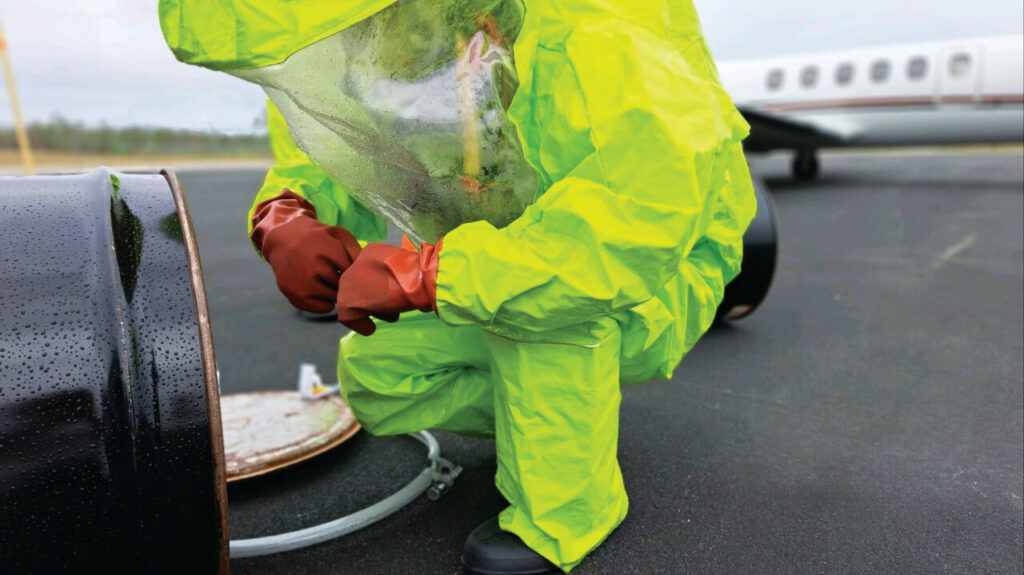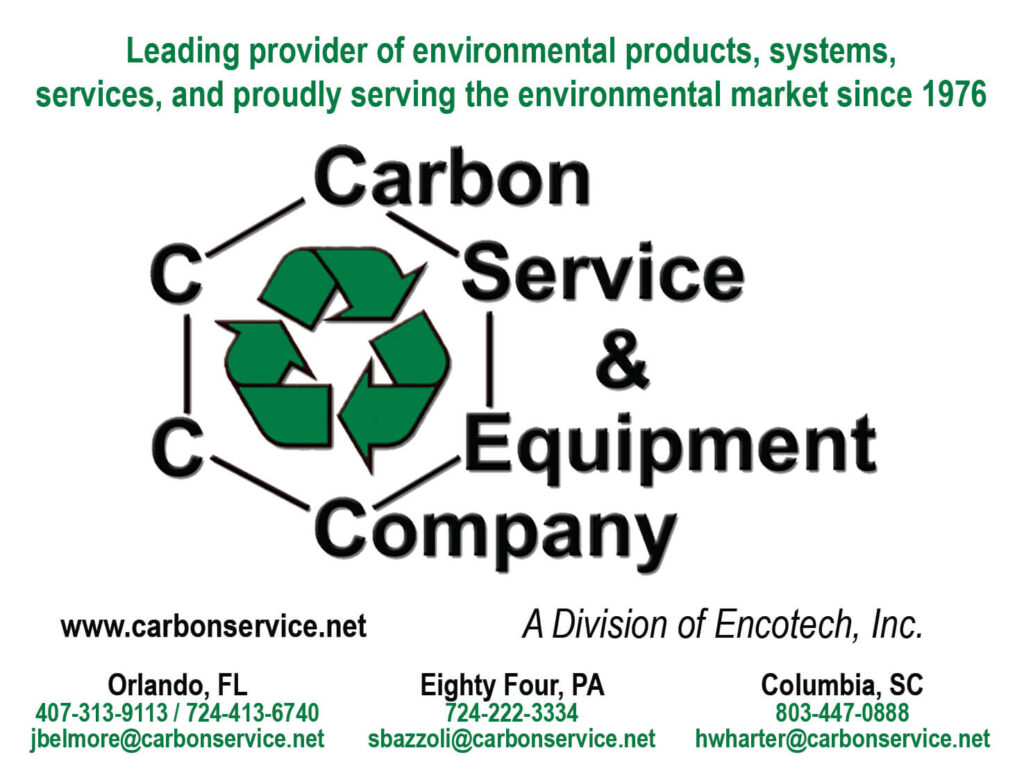By LINA ALFIERI STERN, MBA, MSRED,
LEED Green Associate
Carbon capture is a process of capturing and storing carbon dioxide (CO2) from sources such as power plants or industrial processes.

This is done to, purportedly, reduce the amount of CO2 being released into the atmosphere.
The captured CO2 is stored in underground geological formations, deep oceans, or other long-term storage solutions.
According to the Global Carbon Capture and Storage Institute, the estimated amount of carbon captured in the past decades is about 120 million metric tons.
Carbon capture and storage technologies are becoming increasingly important as global entities seek emissions reductions and mitigation processes.
Boosted by new funding from the bipartisan Infrastructure Act, the US Department of Energy, recently announced $2.4 Billion in new funding for research, development, and deployment of carbon capture projects.
Included is $820 million for projects focused on de-risking carbon capture technologies and providing large-scale demonstration and implementation across the energy and industrial sectors.
Another $1.7 billion is allotted for projects demonstrating commercial-scale carbon capture technologies integrated with CO2 transportation and geologic storage infrastructure.
On the academic front, Louisiana State University recently became the first university in the country to offer a formal concentration in carbon capture, utilization, and storage.

The United States Department of Energy (DOE) created a nationwide network of seven Regional Carbon Sequestration Partnerships (RCSPs) starting in 2003.
The Southeast Regional Carbon Sequestration Partnership’s (SECARB) Cranfield project in Mississippi was one of the earliest projects worldwide to inject and monitor 1 million metric tons of CO2. SECARB’s Citronelle project in Alabama was the world’s largest fully-integrated CO2 capture, transportation, and storage project utilizing CO2 from a coal-fired power plant.
Capture and storage are separate processes, each with their own challenges. Carbon capture technologies can release hazardous gases, such as nitrogen oxides, carbon dioxide, and water vapor, into the atmosphere if not properly managed.
Although carbon capture can reduce greenhouse gas emissions, as well as help reduce air pollution, opponents are concerned that these methods only prolong the use of fossil fuels.
Carbon storage is even more problematic as the stored CO2 is expensive and difficult to transport, can leak into the atmosphere or the oceans, and cause potentially devastating environmental consequences.
It doesn’t look like carbon capture and the technologies that support efforts to mitigate carbon emissions are going away any time soon. Looks to be an area ripe with opportunities and participation.●














































